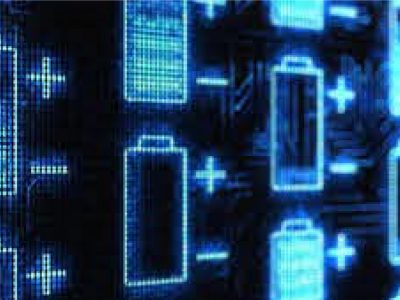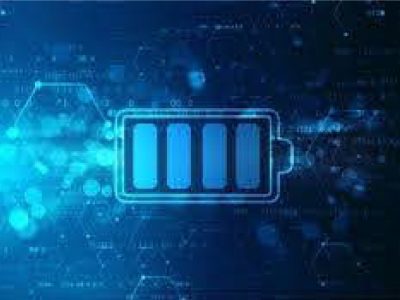VIEW RESEARCH LINES 01
ION-BATTERIES







Nowadays, there is a comprehensive collection of battery technologies, the most common lithium-, lead-, and nickel-based systems. At almost 40% revenue share, Li-ion is the battery of portable devices and electrical vehicles (EVs), superior in gravimetric and volumetric energy density to the predecessors. There are no other systems that threaten its dominance today. During the last ten years, no new commercial battery system has emerged claiming to offer disruptive technology. Although much research has been done, no new concept is ready to enter the market with enhanced performance parameters. This apparent lack of progress is due to the stringent requirements and the multicomponent character of the battery systems.
Emerging markets as transport electrification, including ships, and the large stationary batteries coupled to renewable sources, create a tremendous demand for advanced next-generation ion batteries with high specific energy, high power, and long cycle life. Nowadays, a wide variety of ion batteries is being alternatively explored, improving battery performance. Most of them are very innovative and tempting, like the Na-ion batteries; however, conventionally, the trial-and-error research approach is slow and costly.
The main goal of the GREENER group is to create a robust and competitive new concept of battery production, including breakthroughs concerning the nature of the electrode, binders, composites, and electrolyte materials. In our strategy, the traditional trial-and-error approach widely utilized to improve batteries technology is replaced by a compelling Artificial Intelligence (AI) approach, enabling the exhaustive search of the best candidates as active materials for the Battery’s components. AI models use Deep Learning, reinforced Learning, or, more generally, machine learning state-of-the-art methodologies. They rely on a high amount of data processing (chemical, structural and electrochemical properties of thousands of materials) to capture the inherent distribution and relevance of properties across distinctive materials. Learning, particularly from well-optimized current Li-ion batteries (LIBs), deep learning methods can assess, on a mass scale, the effectiveness of alternative and innovative scenarios based on disruptive materials. Finally, but not less important, the theoretical AI predictions are carefully validated by a robust conventional and non-conventional set of synthesis and characterization techniques, which guarantee realistic and practical solutions to ion batteries that can go to the market shortly.
Recent important contributions
- S.-H. Song, J.A. Alonso, Fe 3+x Cr 3+2- x Cr 6+4 O 15: A High-Capacity Cathode Material Synthesized Using an Ion-Exchange Chromatographic Method for Li-Ion Batteries, ACS Appl. Mater. Interfaces. 13 (2021) 55172–55177. https://doi.org/10.1021/acsami.1c17414.
- Lu, Y., J.A. Alonso, C.A. López, M.T. Fernández-Díaz, B. Zou, C. Sun, A Monolithic Solid-State Sodium–Sulfur Battery with Al-Doped Na3.4Zr2(Si0.8P0.2O4)3 Electrolyte, ACS Appl. Mater. Interfaces. 13 (2021) 42927–42934. https://doi.org/10.1021 /acsami.1c13000.
- Lu, J.A. Alonso, Q. Yi, L. Lu, Z.L. Wang, C. Sun, A High-Performance Monolithic Solid- State Sodium Battery with Ca 2+ Doped Na 3 Zr 2 Si 2 PO 12 Electrolyte, Adv. Energy Mater. 9 (2019) 1901205. https://doi.org/10.1002/aenm.201901205
- Lu, X. Meng, J.A. Alonso, M.T. Fernández-Díaz, C. Sun, Effects of Fluorine Doping on Structural and Electrochemical Properties of Li 6.25 Ga 0.25 La 3 Zr 2 O 12 as Electrolytes for Solid-State Lithium Batteries, ACS Appl. Mater. Interfaces. 11 (2019) 2042–2049. https://doi.org/10.1021/acsami.8b17656.

